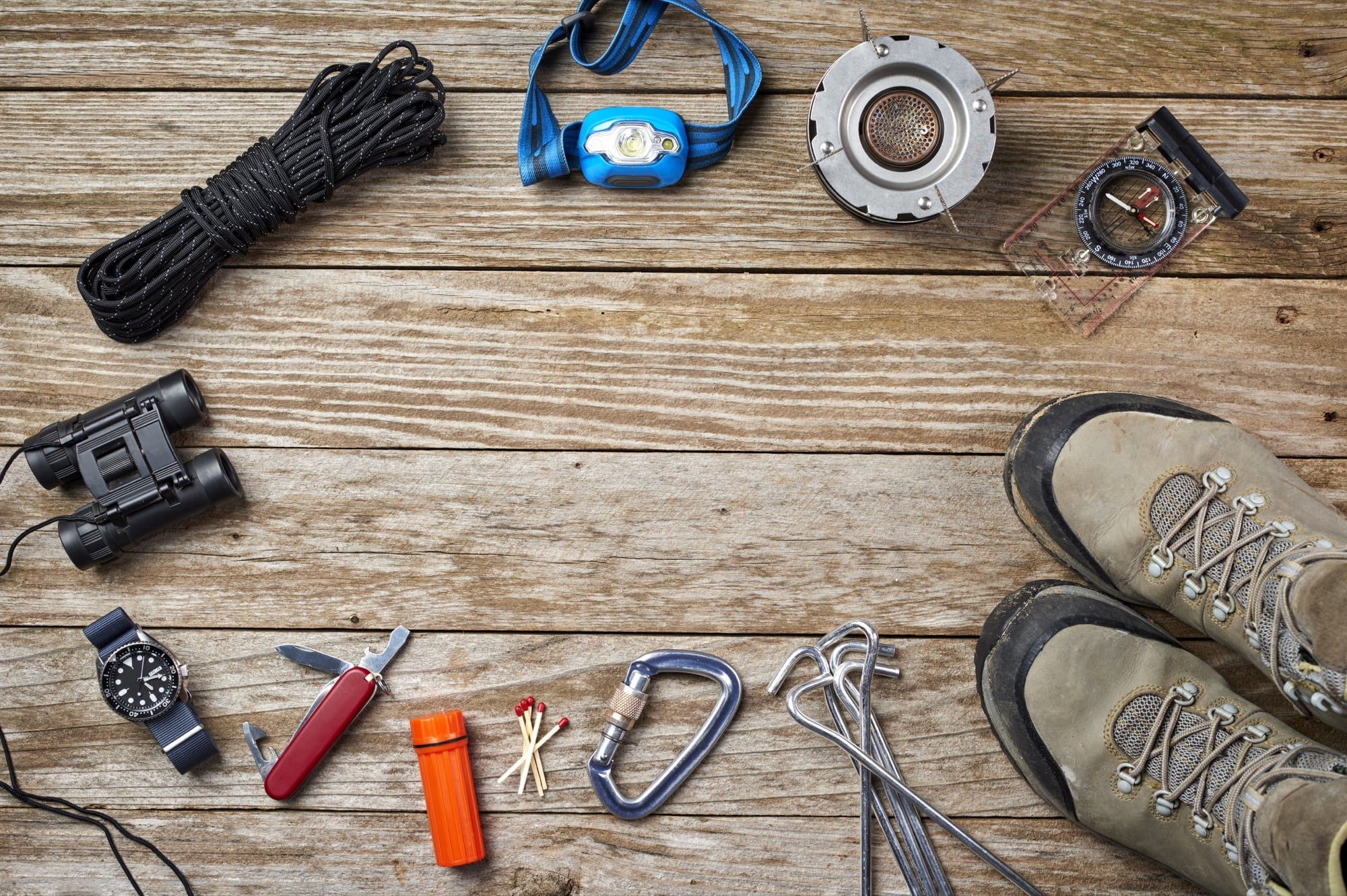 The green or red leaves of the poison oak plant may seem beautiful at first glance, perhaps like a lovely backdrop for an autumn photo. However, these plants secrete a toxic oil, which can cause a wide range of discomforts if it is inhaled or comes in contact with the skin. But don’t panic — there are several simple solutions that can help to ease the symptoms.
The green or red leaves of the poison oak plant may seem beautiful at first glance, perhaps like a lovely backdrop for an autumn photo. However, these plants secrete a toxic oil, which can cause a wide range of discomforts if it is inhaled or comes in contact with the skin. But don’t panic — there are several simple solutions that can help to ease the symptoms.
Symptoms of poison oak do not appear immediately after contact with the plant. The first symptoms usually appear several hours or days later, and in some cases, symptoms may take up to 15 days to develop. In addition, some areas of the skin may display symptoms long before other areas.
One of the first symptoms of a poison reaction is an itching sensation where the plant touched the skin. After the itching, a visible rash will begin to form. This rash first appears as red streaks or splotches on the skin. The redness is followed by the formation of small bumps. In more severe cases, the bumps can be larger. Blisters usually form in the affected areas as well. These blisters are generally filled with a clear fluid, but can sometimes contain blood.
As the rash forms, the itching sensation grows more intense. The blisters may burst and run. Scratching can also cause the blisters to burst. Because of these open areas, the skin where the rash is can become quite tender.

Mild poison oak cases can be treated at home. It’s important to wash away the oil as soon as possible using cold water and soap. Once the rash appears, cool baths or compresses can ease the itchiness. Topical treatments such as calamine lotion can help. Over the counter antihistamines can also aid in quelling the allergic reaction.
Most rashes disappear within one to three weeks. If the symptoms do not disappear, or the rash is moderate or severe, a doctor should be consulted. A doctor should also be immediately consulted if the plant is ingested, or if the fumes of a burning plant are inhaled, as these can cause extreme internal problems. Doctors often prescribe corticosteroid pills or creams for severe cases.
Images via blmurch, Ben Woosley




